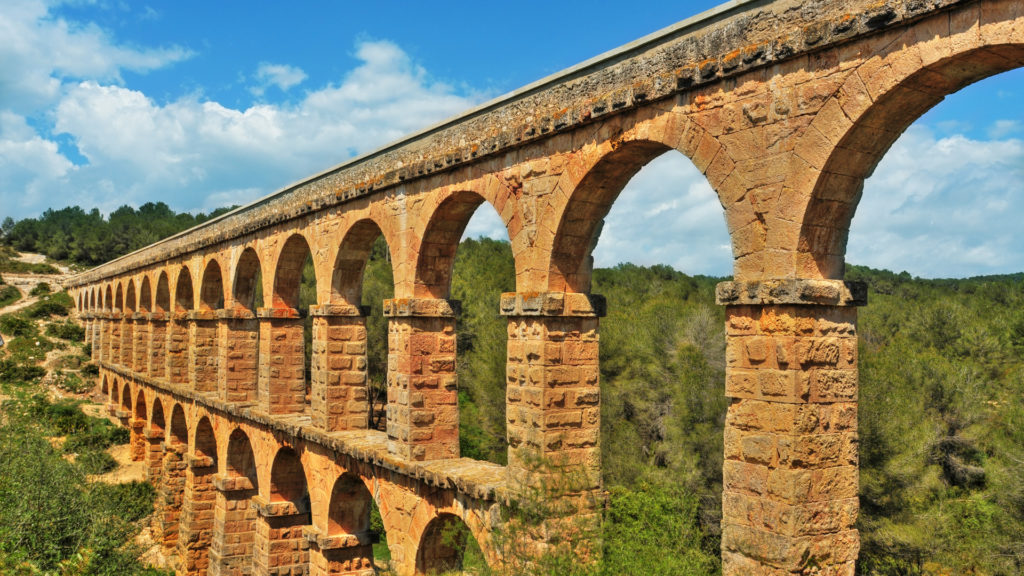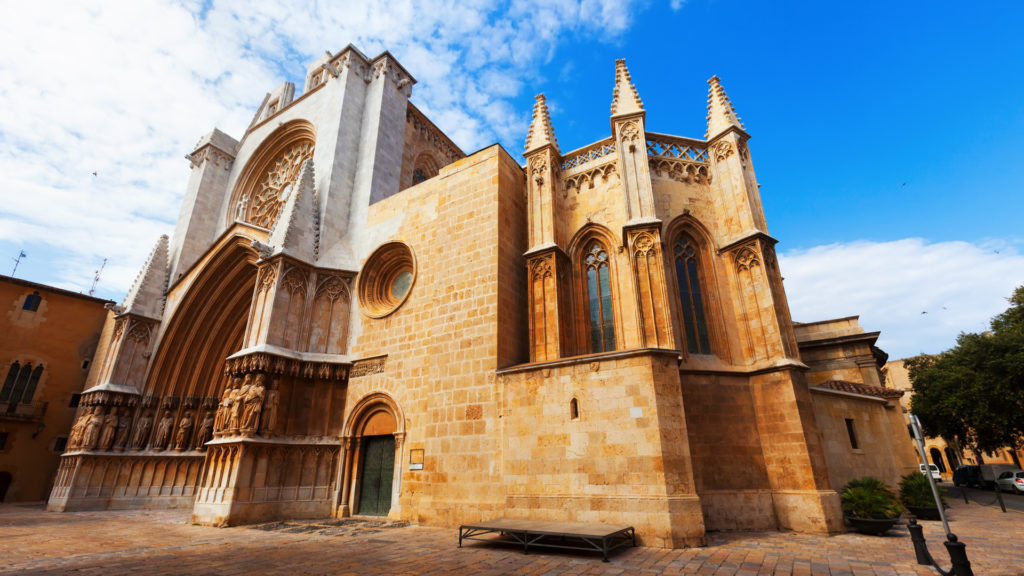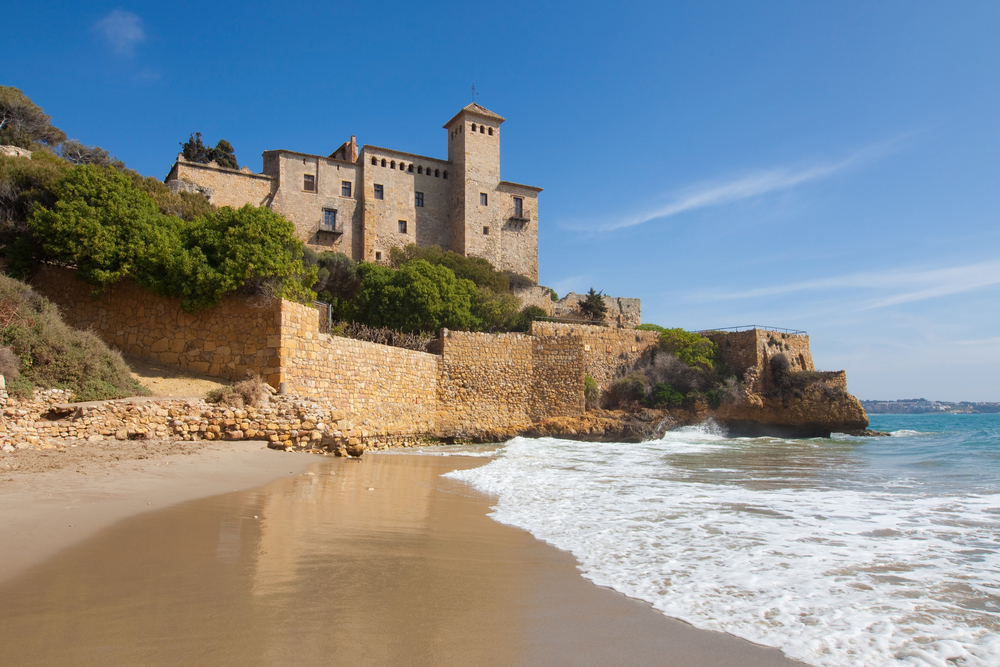Explore Costa Dorada’s Rich Culture and History: Top Historical Sites to Visit
Costa Dorada, which translates to “Golden Coast” in English, is a stunning region located in the province of Tarragona in Catalonia, Spain. The region is known for its pristine beaches, crystal-clear waters, and warm Mediterranean climate. However, Costa Dorada is not just a haven for sun-seekers and beachgoers; it is also home to a rich and fascinating culture and history that dates back thousands of years. In this article, we will explore some of the top historical sites to visit in Costa Dorada, and learn about the region’s captivating past.

Tarragona Amphitheatre
The Tarragona Amphitheatre is one of the most impressive Roman ruins in Costa Dorada. It was built in the 2nd century AD and could seat up to 15,000 spectators. The amphitheatre was used for gladiatorial contests, animal hunts, and public executions, among other events. Today, visitors can still see the remains of the amphitheatre, including the arena, seating areas, and the underground chambers where gladiators and animals were kept before the games. The site offers a unique opportunity to step back in time and experience the ancient Roman culture. Visitors can explore the site on their own or take a guided tour to learn more about the amphitheatre’s fascinating history.
Tarragona Cathedral
Tarragona Cathedral is a Gothic-style cathedral that was built in the 12th century. The cathedral is one of the most important religious buildings in Costa Dorada and has been declared a National Monument. Visitors can admire the intricate architecture of the cathedral, including its rose window and stunning façade. Inside the cathedral, visitors can see the magnificent altarpiece and the tomb of Saint Fructuosus, one of the most important saints in Catalonia. The cathedral also houses a museum where visitors can see a collection of religious art and artifacts.

Monastery of Poblet
The Monastery of Poblet is a UNESCO World Heritage Site and one of the most important monasteries in Spain. It was founded in the 12th century by Cistercian monks and is known for its Gothic and Romanesque architecture. The monastery was a center of power during the Middle Ages and was home to many important figures, including kings and queens. Visitors can see the monastery’s stunning cloister, which is one of the largest in the world, and the tombs of many important historical figures, including King Peter III of Aragon and his wife Constance of Sicily. The monastery is still an active religious site, and visitors can attend Mass or Vespers to experience the monastery’s spiritual side.
Castle of Tamarit
The Castle of Tamarit is a medieval castle that was built in the 11th century. It is located on a hill overlooking the Mediterranean Sea and offers breathtaking views of the coastline. The castle was a strategic point during the Middle Ages and played an important role in the region’s history. Visitors can explore the castle’s towers, walls, and gardens, and learn about the castle’s fascinating history. The castle is also a popular venue for weddings and other events, and visitors can rent the castle for their own private events.

Gaudi Centre Reus
The Gaudi Centre Reus is a museum dedicated to the famous architect Antoni Gaudi, who was born in the nearby town of Reus. The museum is located in a modernist building and offers visitors a glimpse into Gaudi’s life and work. Visitors can see replicas of some of Gaudi’s most famous works, including the Sagrada Familia and Casa Batlló in Barcelona, as well as learn about the architect’s creative process and unique style. The museum also offers workshops and activities for visitors of all ages, making it a great destination for families and groups.
Archaeological Museum of Catalonia
The Archaeological Museum of Catalonia is located in Tarragona and is home to a collection of artifacts that tell the story of the region’s past. The museum’s exhibits range from the prehistoric period to the Middle Ages and include artifacts from the Roman period, such as pottery, jewelry, and mosaics. Visitors can also see the remains of ancient settlements and tombs, which offer a glimpse into the daily life of the people who lived in the region thousands of years ago. The museum is a must-visit destination for anyone interested in history and archaeology.
Costa Dorada’s rich culture and history make it a fascinating destination for travelers who want to explore more than just the beaches and the sun. From Roman ruins to medieval castles, from Gothic cathedrals to modernist museums, Costa Dorada offers a wealth of historical sites to visit. Whether you are interested in ancient history, religious art, or modern architecture, you will find something to captivate your attention in Costa Dorada. So, if you are planning a trip to Spain, be sure to include Costa Dorada on your itinerary, and prepare to be transported back in time to a world of fascinating history and culture.

If you’re planning a visit to Costa Dorada, why not consider booking a holiday villa with a private pool with Club Villamar? Their villas are situated in prime locations, with easy access to the historical sites mentioned in this article, as well as the region’s beautiful beaches and other attractions. A villa with a private pool is the perfect way to relax after a day of exploring Costa Dorada’s rich culture and history. Club Villamar offers a wide range of villas to choose from, so you can find the perfect one to suit your needs and preferences. Book your villa today and get ready for a memorable vacation on the Costa Dorada!